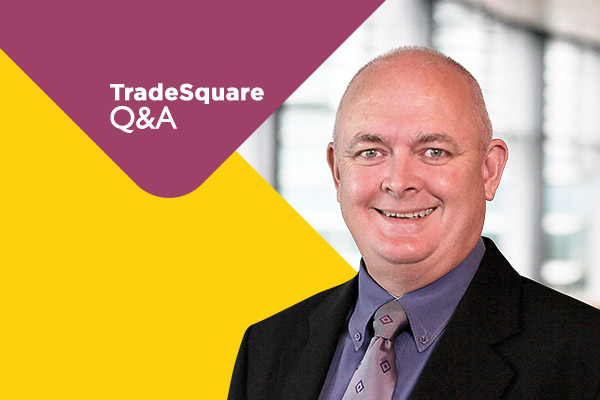Rob is a person who loves numbers and in particular the stories behind the numbers.
After spending many years supporting Australian businesses trade out of financial difficulties and identifying what went wrong, he joined The Davidson Institute founded by Westpac to support Australian businesses with financial education.
Rob shares some extremely practical tips to create positive cash flow, something we know is a very relevant point of education for every Australian small and medium sized business.
TS: Tell us about your original call to adventure in joining The Davidson Institute?
RL: The original call was way back in the 1990s. I was working with businesses, trying to help them overcome financial difficulties due to the recession we were in back then and in some cases, unfortunately, putting them out of business as well.
One of the things I learned then was that a lot of the business owners were great, and they really understood their products and their markets and those things. But quite often they didn't understand the financial side of their business and how their decisions impacted it financially.
So it was seeing if we could help businesses really understand the story behind the numbers – the story behind the decisions – and how they impact the numbers of the business. I thought if we could do that, we could really help them make better financial choices and hopefully have more successful businesses – and probably a little less stress as well.
TS: You are super passionate about understanding the stories behind the numbers, to be able to really support businesses to make positive decisions for the future. Can you share more about what that means?
RL: Every decision that business owners make has an impact on the numbers of their business. The problem is, if they don't understand how their decisions have impact, sometimes they can make the wrong decisions. But if they have a little understanding about how those numbers work and how the decisions impact the business, then they can start to make better decisions and hopefully get better outcomes – and have a little less stress.
I've always thought that people need to monitor the numbers on a regular basis, because by monitoring them, you start to get that feedback on those decisions you make, and whether they are working well or not.
They also give you an early warning system if something's happening – because of a decision, because something is not going right in the business, or something is not going right out in the marketplace. The numbers can act as a warning system to say, “Hey, things are dropping away here, maybe I should spend some of my management time looking at it.”
TS: Aside from that monitoring, what are some of the key steps that really enable businesses to create positive cash flow?
EB: The first thing businesses really need to understand with their cash flow is how does it actually flow through the business? By that I mean what is the timing of it? When do they have to pay for things? When do they get cash back in? By understanding that, they get a better appreciation of how they can make their cash flow work better. Or how much cash they actually need to make their business operate successfully.
Now, when we're talking about how things are on a timing basis, different businesses have different types of cash flow. If you've got a business that has stock or inventory, how long does that stock sit on the shelf before you actually sell it? Because the longer it sits on the shelf, the more cash you need to operate your business.
For example, let's say I buy a shipment of drinks for $100. That arrives and I put it on my shelf and it is sitting there. If tomorrow, I haven't sold that, but I buy another $100 worth, I now have $200 of drinks sitting on my shelf. So that's $200 I've had to find to support my cash flow.
For three days, I'm up to $300. So the longer my stock sits there, the more cash I need to operate my business. But the great news is, if I can have the stock there for less time, that frees that cash back up and I can do other things with it. When you start to think about how to free that up, there are lots of different things. It might be having a look at the mix of stock you have: you have some fast-moving stock, you have some slow-moving stock. It is not necessarily about getting rid of the slow-moving stock, it is about asking the question of why do you hold it?
Are they making a bigger margin than the other items, which will cover me for the extra cash? Do I need to have extra space to store that? Or, maybe you have those slow-moving items because it brings people in to buy your fast-moving items. But if you don't have a good reason for that slow-moving item, it might be an idea to stop supplying it or to ask your customers to wait a little longer, because we will stock only to order. That might mean they've got a bit of a delay, but it means you're not chewing up that cash.
Now, if you're a service business, you don't have stock, so you are looking at how long it takes to complete jobs, because the longer you take to complete a job, the longer it is before you can send an invoice out and get cash in for it – not to mention continue to pay your staff and your rent. Every extra day that job takes, you're having to pay out cash for that, so that's going to impact your cash flow.
Interested in learning more? Listen to Rob Lockhart's interview on the TradeSquare podcast, TSQ, here.


Leave Comment